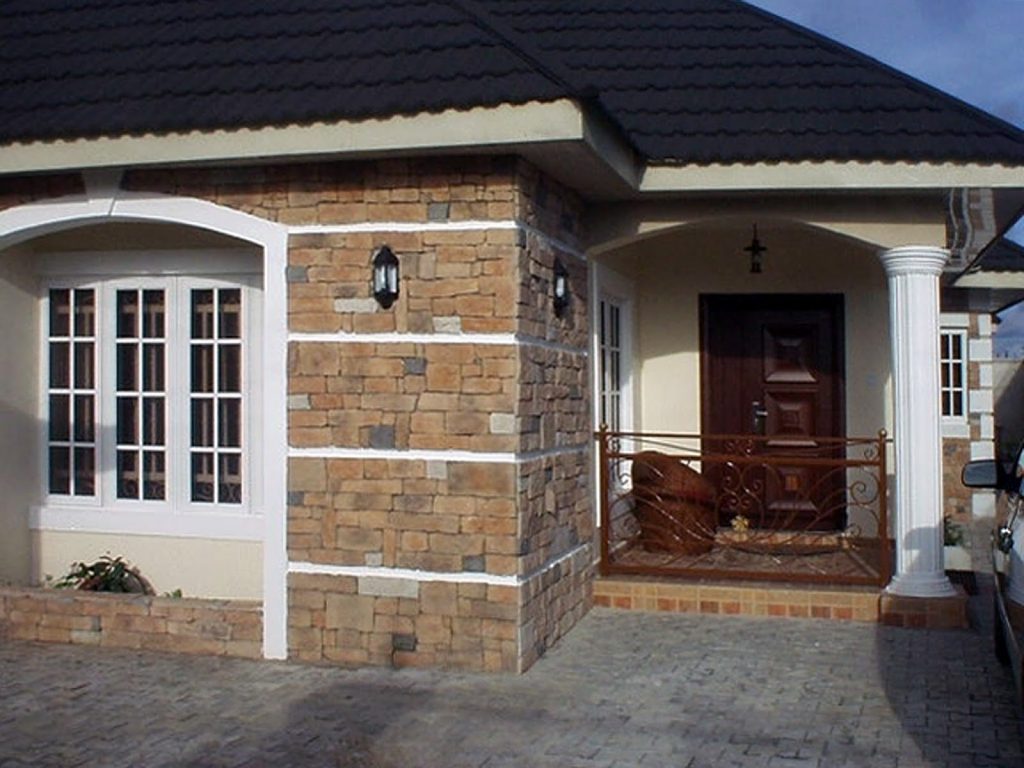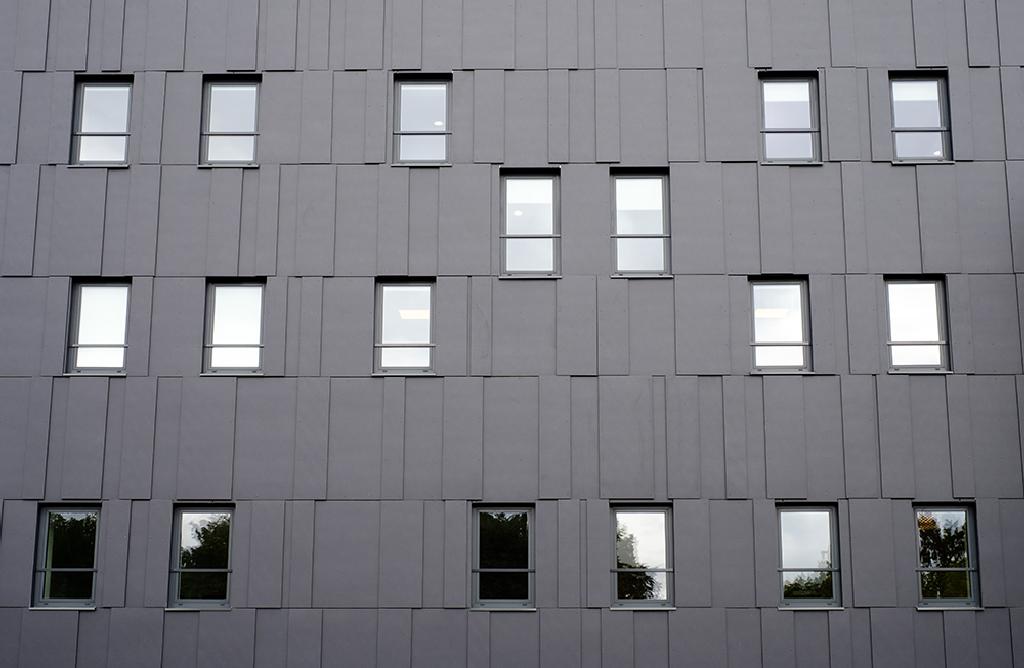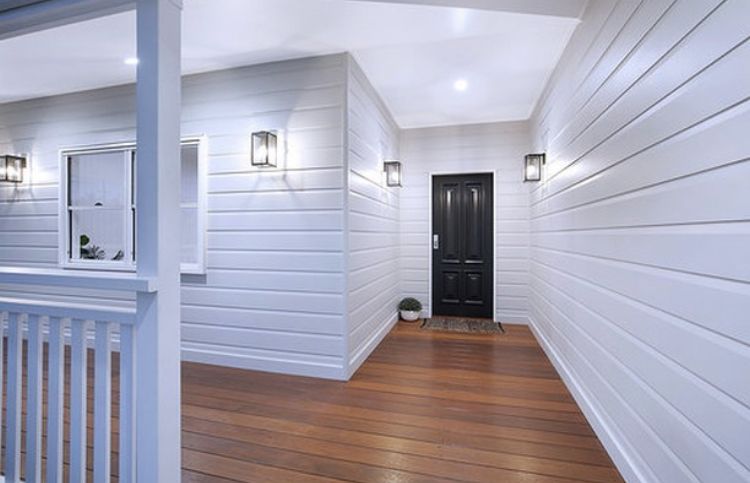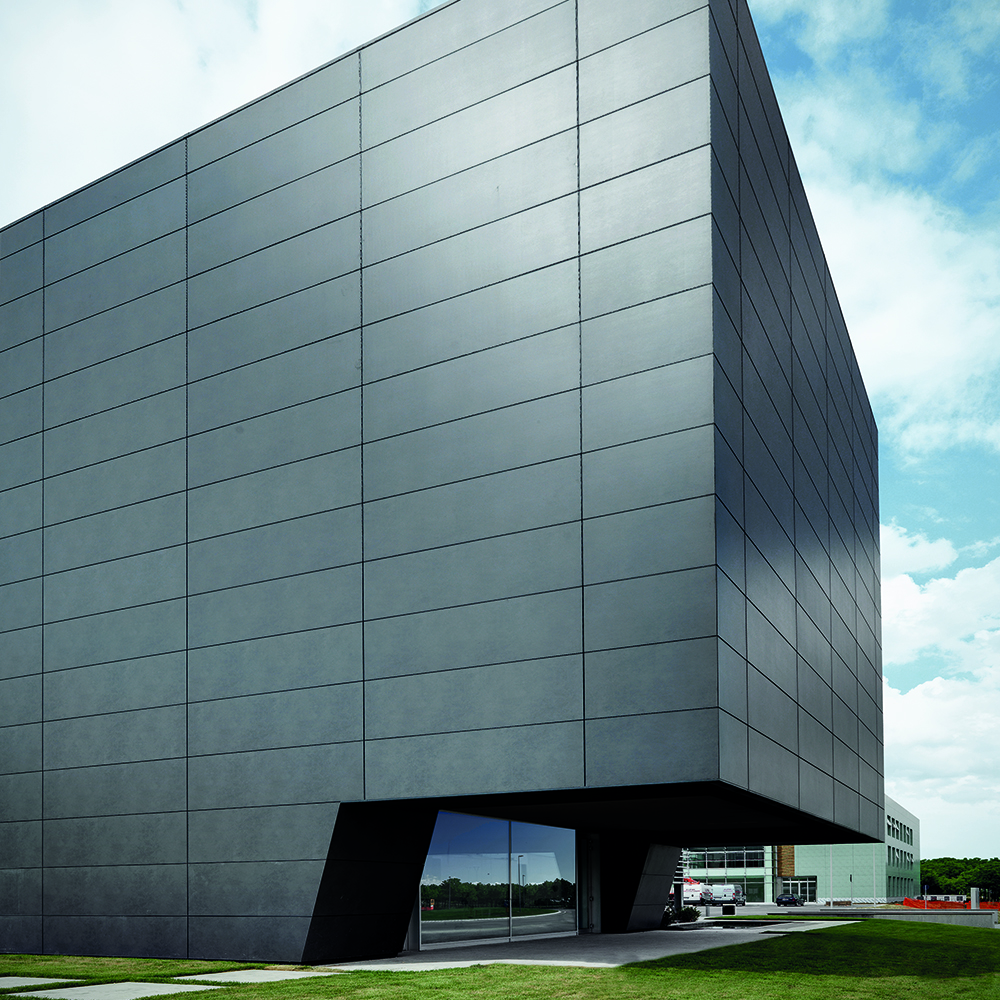Types of Wall Cladding
by mendo

Various types of Wall Cladding are characterized by the materials used in their manufacture. With the increased desire for higher resilience and better protection at lower prices, technological advancements have provided a variety of options. Each of them is addressed in further detail below.
Glass cladding

This may be utilized on both the inside and outside of a building. It is a practical and affordable alternative to tiling, painting, and other types of ornamentation. These forms of cladding can give a visually appealing, readily maintained wall surface that is suitable for a variety of business interiors and exteriors. Tempered, laminated, enameled, curved, and specially treated glass are among the many glass cladding alternatives available, each with great versatility in terms of look, performance, and composition to meet current architectural needs.
Aluminum Cladding
When compared to other metals, aluminum cladding has several advantages. Aluminum is around one-third the weight of steel. It weighs around 2,7g/cm3 on average. As a result, aluminum is an excellent building material that will survive for many decades. It is recyclable and will not lose any of its quality as a result. Aluminum is constantly emitted, and the process requires little energy. It can be easily molded into a variety of forms, sizes, and finishes, making it a versatile metal.
Brick Cladding

Cladding made with bricks are made of lightweight materials and come in a range of colors. It offers complete protection against all elements to which it may be exposed. Brick cladding will not fracture, degrade, or exhibit symptoms of pollution damage. The majority of cladding bricks are produced utilizing proprietary, cutting-edge machinery created in-house. It delivers energy-efficient heating in the winter and cooling in the summer. They work wonderfully with passive building design to harness natural energy sources. Brick cladding’s inherent density and thermal insulating characteristics keep building temperatures temperate and energy consumption rates low.
Natural Stone Cladding
The cost of natural stone cladding is often determined by the type of stone selected, such as slates, sandstones, marble, granites, limestones, and quartzites. The cost is also heavily influenced by the form and size required. Stone strips ranging from 2 to 15 rows can be used to create cladding. As a result, the more pieces in a single stone cladding, the more glue is necessary to adhere them. It creates a sense of warmth in the building. It may be put on either a concrete or steel surface.
Fiber Cement Cladding

Fiber Cement Cladding is made out of sand, cement, and cellulose fibers for reinforcement. These panels are used to clothe the external walls of residential, commercial, and industrial structures. They are available in planks and panels with a variety of textural characteristics. These are widely used in construction and are designed to seem like longer timber planks. Dimensional stability is one of the most significant features of this wall covering technology. Unlike standard external wall cladding panels, these do not compress and extend.
Steel Cladding
The stainless steel covering is extremely long-lasting and resistant to environmental factors. The stainless steel has a high amount of chromium (at least 10%), which combines with oxygen to generate a non-porous coating of chromium oxide (Cr2O3) that prevents further corrosion. Carbon steels and low alloy steels can also benefit from stainless steel cladding. It is extremely resistant to environmental impacts. It is made with at least 10% chromium, such that when exposed to oxygen in the environment, chromium oxide is created.
Weatherboard cladding

Weatherboard is formed of a timber tapered board that is laid thick end over thin end, resulting in two layers of cladding at locations on the wall. It is often mounted horizontally. It comes in a broad range of colors and profiles. These have the appearance and feel of wood, typically with an embossed finish, but are a low-maintenance and long-lasting alternative to hardwood.
External Foam cladding
This is comprised of foam, such as expanded polystyrene. External cladding is sometimes referred to as an External Insulated Finish System (EIFS). The polystyrene has a reinforced core and an unique covering (fiberglass mesh) to make the cladding panels sturdy and impact resistant. These are available in panels of various sizes and thicknesses, allowing them to be used on a range of structures and for a number of uses.
Ceramic cladding

The Ceramic cladding adds strength to the ceramic tiles. It has a plethora of advantages, which is why it is in such high demand. These claddings are extremely resistant to adverse weather conditions and are not readily destroyed. They can survive for many years with no obvious signs of wear and tear. They are also unaffected by rain or rising pollution levels. Furthermore, because they are resistant to damaging UV rays, they are an excellent choice for your structure. It is composed entirely of natural materials and is thus environmentally friendly. It is easily recyclable and aids in the reduction of carbon footprints in the environment.
External foam cladding
- This cladding is comprised of foam, such as expanded polystyrene. External cladding is sometimes referred to as an External Insulated Finish System (EIFS). The polystyrene has a reinforced core and an unique covering (fiberglass mesh) to make the cladding panels sturdy and impact resistant. These are available in panels of various sizes and thicknesses, allowing them to be used on a range of structures and for a number of uses.
The Benefits of Wall Cladding
Cladding protects the walls from direct exposure to the elements and their damaging effect.
Listed below are some of the benefits of Wall Cladding:
- Enhances thermal insulation.
- Sunlight resistance is provided.
- Protection against air and chemical pollutants.
- Increases a structure’s mechanical strength.
- It both protects and beautifies the underlying structure.
- Make sure you have the correct acoustics for sound insulation or absorption.
- As the temperature rises, the cracking resistance improves.
- Water absorption is reduced.
News a Consultation and Wall Cladding service?
Contact: 08068414733, 08077166314
Send an Email: info@mendo.com.ng
Various types of Wall Cladding are characterized by the materials used in their manufacture. With the increased desire for higher resilience and better protection at lower prices, technological advancements have provided a variety of options. Each of them is addressed in further detail below. Glass cladding This may be utilized on both the inside and…